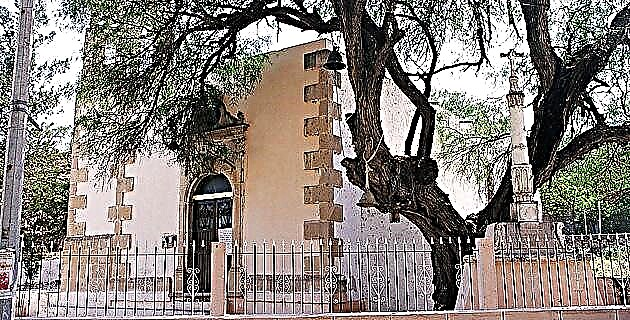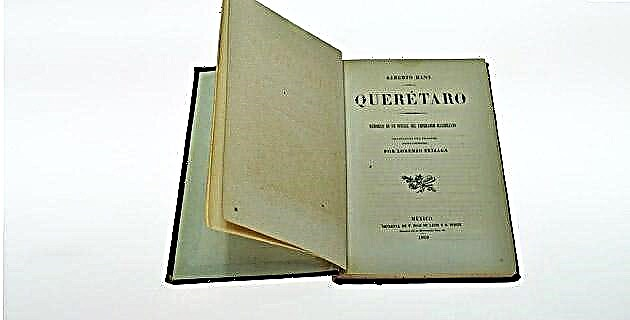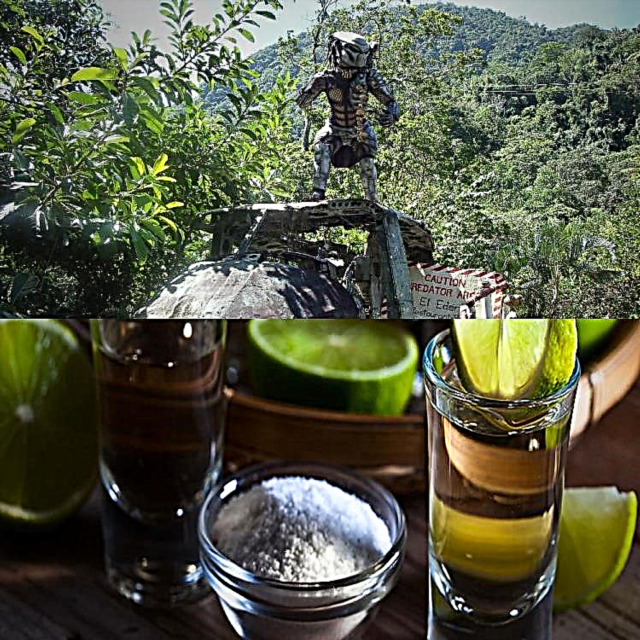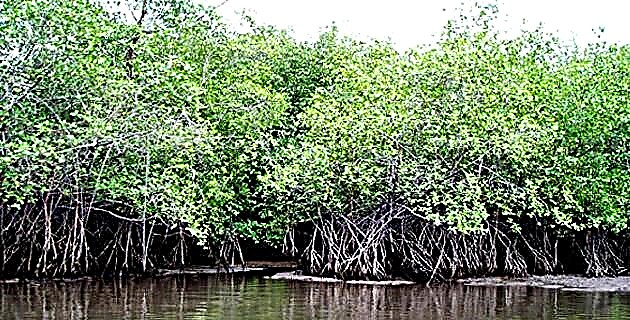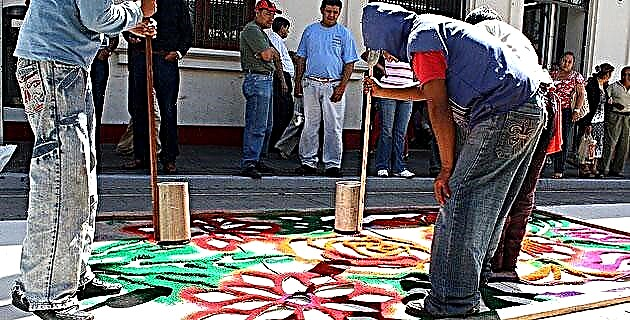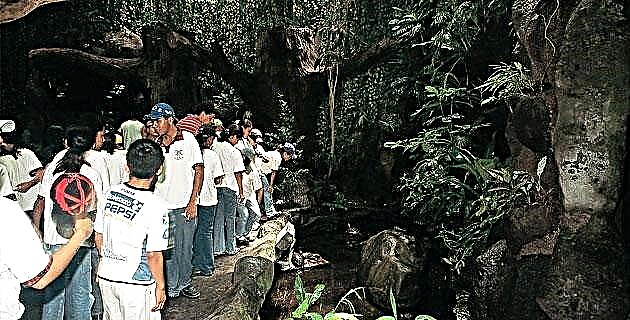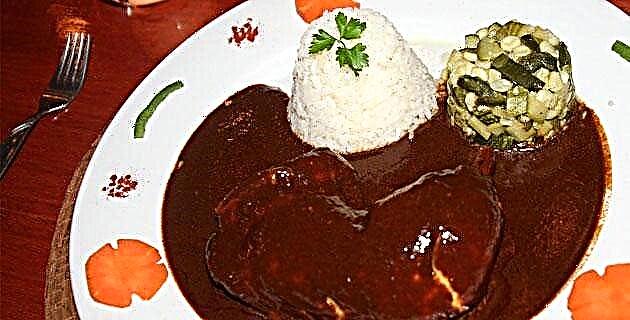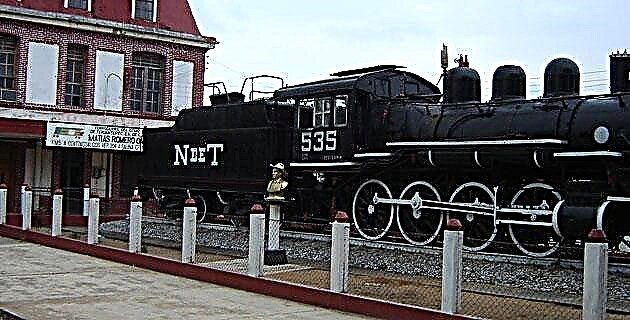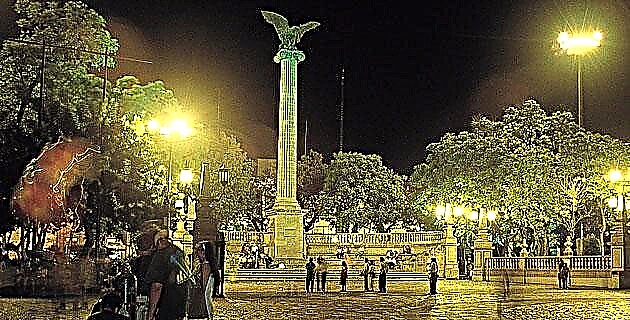
Heading to the heart of the Bajío, this Sobre Ruedas takes us through little explored places in the state of Guanajuato, with its infinite legends, architectural jewels and natural treasures, to culminate in Aguascalientes, where tradition and industrial expansion mix in perfect harmony.
Heading to the heart of the Bajío, this Sobre Ruedas takes us through little explored places in the state of Guanajuato, with its infinite legends, architectural jewels and natural treasures, to culminate in Aguascalientes, where tradition and industrial expansion mix in perfect harmony.
It was not yet dawn when we took the Mexico-Querétaro highway because we wanted to reach our first destination at noon, San José Iturbide, just over half an hour from the capital of that state, but already in neighboring Guanajuato. After Santa Rosa Jáuregui and passing several industrial parks in Quereta, we cross towards the so-called “Puerta del Noreste”, along the road to San Luis Potosí.
AN UNUSUAL ROUTE
We did not know this section that would take us to the town near the limits of the Sierra Gorda and which is still little explored for tourism, although it has multiple attractions, both urban and scenic. They say that in 1752 the then Archbishop of Mexico, Manuel Rubio y Salinas, got to know the place during a pastoral visit to the parishes in the northeast of his archdiocese. On the way to San Juan Bautista Xichú de Indios -now Victoria-, the prelate noticed the numerous neighborhood of those lands. On his return, he informed Viceroy Juan Francisco de Güemes y Horcasitas about the need to evangelize that Guanajuato area and proposed to build a religious temple, a decree that the viceroy issued that same year. However, the fulfillment occurred until February 5, 1754, date that is officially considered as the foundation of the then "Old Houses", today San José Iturbide.
WITH THE DUST OF THE ROAD
Indeed, we arrived at the doors of the Hotel Los Arcos shortly after noon and there was waiting for us who would be our guide for two intense days, Alberto Hernández, a tireless promoter of the area. Without wasting time, we left our luggage and after a brief snack we began the journey by just crossing the street towards the imposing Parroquia de San José, with neoclassical architecture and in whose hallway with high columns with Corinthian capitals that evoke those of the Pantheon in Rome, we appreciate two plaques, one with the dedication "To the liberator Iturbide on the centenary of his triumphal entry into the capital of the republic. One of the few towns that have not forgotten their memory. San José de Iturbide, September 27, 1921 ”, and another with information about the construction of the temple, by Father Nicolás Campa.
IN POSS OF DISCOVERY
From that moment, Hernández, at the helm of the Equinox, took us to meet the local artisans, to see how Gabriel Álvarez prepares his innovative candles, in a surprising kind of artifice, or that Luz María Primo and Luis Paniagua show us how their leaded stained glass works.
Later, we enjoyed a delicious meal, where the typical mining enchiladas of the state quenched the appetite, which was filled with a great vanilla ice cream seasoned with Celaya cajeta. Immediately, we left for Tierra Blanca where the famous giant biznagas, impressive cacti, rise up defiantly over the centuries, which despite the damage caused by predators of exotic plants in past years, still occupy a good part of these lands to the admiration of foreign and own.
MORE SURPRISES
The next morning we returned by the vicinity, as there were still reasons for astonishment. We visit the Presa del Cedro, with its rare stone formations, which place on another planet and we continue to the El Salto Canyon, an increasingly popular place among lovers of extreme sports, where it is possible to fly paragliding and practice climbing. In addition to having a family restaurant from which you can see the magnificence of the landscape almost 180 degrees.
Shortly after, through the narrow road that takes us to Cienaguilla, we enter a magnetic area that covers about four km, where when putting the vehicle in neutral it moves without accelerating until it reaches a speed of 80 km / h, in addition, in full rise. It is a curious experience, which perhaps one day scientists will be able to explain.
This is how the day passes, and after a visit to two local healers who explain to us the use of medicinal herbs and temacal in the regional way, we have no time to visit the ghost town, Mineral de Pozos, where they were explored 300 mines between the nineteenth and early twentieth centuries, but which has been forgotten. We will already organize a future visit, because when the sun rises we must continue towards San Miguel de Allende, only 54 km away.
BACK ON THE ROAD
Along a bumpy road between the mountains we set out for this city so recognized worldwide for its architectural dominance, its cobbled streets, the permanence of its traditions, as well as its provincial charm in unique conjunction with a cosmopolitan atmosphere, as it has sheltered multiple writers and plastic artists from various continents, who have filled their secular mansions with galleries of painting, sculpture or other manifestations, as well as fostered an inspiring climate for lovers of beauty in all corners of San Miguel de Allende.
I still remember when more than 20 years ago I was heading on a bus to Guanajuato, and it made a brief stop in the magical city. The spell was such that with my bag on my shoulder I got down and forgot to continue the planned trip, while I wandered through its alleys, its patios and its squares, entered its churches, took photographs and observed every detail, until late at night I looked for another transport and partly satisfied my hunger for the place, I continued to where I had forgotten that they were waiting for me. Whoever had fired me in the Central del Norte, in Mexico City, and the friends who would receive me in the state capital worried about my absence. The next day, when I contacted them, they reproached me for indolence, but they understood then that I had fallen in love, like so many others, of San Miguel de Allende.
ALWAYS UNABARCABLE
Here again I confirm that, without a doubt, it takes a long time to get to know this city in depth. What magnet attracts me to the Parroquia de San Miguel Arcángel, with its impressive neo-Gothic tower, visible from any point and its striking pink quarry walls, erected in the 18th century. Tourists interested in works of art exhibited in galleries or tin, bronze or glass handicrafts, in addition to ceramics or leather goods, do not stop in the Main Garden and in the surrounding portals. Also, its restaurants are full with tables facing the street, of good gastronomic prestige.
I keep pace and arrive at the Plaza del Templo de San Francisco, built at the end of the 18th century, and whose façade constitutes one of the masterpieces of the Churrigueresque style in the country. Later on, I discover the “Casa de Allende” Historical Museum, located in a mansion with a notorious neoclassical façade, where the hero of Independence, Ignacio Allende y Unzaga, was born. It is an essential place to visit to learn more about the city.
It starts to rain and I decide to make a brief but instructive visit to the first blown glass factory in the region, Guajuve. In the midst of such intense heat, in front of the furnaces from which they bring out the material with which they make their pieces, we value more the extraordinary work of the glassmakers. It is a shocking experience.
Then, we resume the route, this time towards the state capital, along a road full of curves that in exchange for the excitement offers magnificent views of the exuberant landscape of the Bajío.
A MAZE BETWEEN GULES
The origin of its name, of Purépecha roots, denotes its antiquity. In the past Cuanaxhuato or “hilltop place of frogs”, Guanajuato emerged with its great palaces and sometimes tiny squares, with the influence of the labyrinthine cities of Arab roots of the Iberian Peninsula, so much so that when we walk through its streets it seems that we are doing it through the old center of Granada or Malaga.
Its peak as a mining enclave occurred in the middle of the 16th century, although it was not until the 17th and 18th when it reached its greatest boom. Before entering its tunnels that lead to the heart of the city, with which between the decades of the 50s and 60s of the twentieth century they piped the river of the same name to avoid damage from floods and also facilitate traffic due to its rugged geography, we settled in the Misión hotel, with attractive architecture and built in the old town of the ex-hacienda of San Gabriel de Barrera, from the 18th century, of which a part was restored where paintings and antique furniture are exhibited, and 17 gardens are preserved. the custom of that time. Thus, we close the night, just with a brief walk around the place, before going to sleep because we must regain strength for the long walks planned for Guanajuato.
IN THE PLAZA DE LA PAZ
There, Briseida Hernández, from the State Tourism Coordinator, awaits us, who will guide us in this incursion through museums, and later, through subways, mansions, temples, alleys or markets. Declared in 1988 Cultural Heritage of Humanity by UNESCO, it is indisputably one of our most splendid cities, with more than a dozen important museums, of which, given the impossibility of knowing them all, we chose the Museo Casa Diego Rivera, where he was born. this distinguished painter, and where they exhibit a hundred of his representative works from his formative years and his cubist period. From there we go to the 17th Century Site Museum, in the cloister of the former San Pedro de Alcántara Convent, where the changes in level suffered by the city during its existence are exposed, as well as the architectural style of the religious buildings in that century. . To conclude the afternoon, we go to the Alhóndiga de Granaditas Regional Museum, one of the essential places for travelers if they want to delve into regional history.
STREETS AND LEGENDS
We dedicated the next day to touring as much of Guanajuato as possible. Briseida suggests going to the Temple of San Cayetano, erected between 1765 and 1788 by the owner of the rich La Valenciana mine, Antonio de Obregón y Alcocer. Its impressive churrigueresque baroque style façade is complemented by the gleaming gold inside, the mineral with which its altars and altarpieces were made. It is undoubtedly a tribute to the opulence of the old days.
From there we go up to the viewpoint where the monument to El Pípila stands, erected in honor of Juan José de los Reyes Martínez, who performed a heroic act on September 28, 1810, in the middle of the War of Independence, by setting fire at the risk of his life the door of the Alhóndiga de Granaditas. Guanajuato can be seen from here in all its splendor, both during the day and at night.
We went down through the tunnels to the center and had a coffee in one of the restaurants in the Plaza de la Paz or Mayor, in front of the Basilica of Our Lady of Guanajuato. Later, we pass through the famous Callejón del Beso, but we continue our journey to the Juárez Theater, inaugurated by Porfirio Díaz, and then we look for the University building, with its monumental staircase, one of the city's symbols.
Also, by car, Briseida leads us to the Paseo de la Presa, a haven of peace on the outskirts and from there we go to see -nothing to enter- several houses of legends, where, according to what they say, ghosts abound and “scare”. So we say goodbye to Guanajuato, which always leaves you wanting more.
STEP BY LEÓN
Few kilometers separate the so-called “leather and footwear capital of the world” from the historic capital of the state. However, its modernity and the expanding business environment are surprising. Of course, we make the most of the time to “trousseau”, and we leave there carrying jackets, shoes, bags and any quantity of articles with that peculiar smell of the skin, all bought at an excellent price. Quite a feast for the pocketbook.
A long journey awaited us again on the highway towards Aguascalientes, so we did not delay our stay to arrive before midnight.
TRADITION AND INDUSTRY
Both words identify the city of Aguascalientes, since its preserved historic center offers the visitor an encounter with a rich architectural and cultural tradition, while around its well-planned peripheral rings and its first-class roads, countless industrial parks have proliferated. that ensure decent employment not only to thousands of Aguascalientes, but also to a large migration, especially of young people who have come from all over the country in search of a superior quality of life.
In the morning tour through the old area, you cannot miss a visit to the Municipal and Government Palace, of which the attractive facade of red tezontle and the two patios with more than a hundred semicircular arches immediately attracts attention.
Also, it is a pleasure to walk calmly through the main square or the Homeland, where the Cathedral of Our Lady of the Assumption of Aguas Calientes stands, with a Baroque façade and erected in the 16th century, to later look for the buildings made by that great Self-taught builder, Refugio Reyes, like the Temple of San Antonio, the Francia and París hotels, or the old Normal School. As a finishing touch, we do not forget the Los Arquitos Cultural Center, known centuries ago as the Baños de Abajo, and which was declared a historical monument in 1990.
At the end of our trip we go to the most modern areas and we are surprised by the Museum of Science and Technology "Discover", with its IMAX screen and interactive exhibits, as well as those dedicated to the work of José Guadalupe Posadas, Contemporary Art or regional history. They are all top notch and deserve a day of our trip.
We don't have time to get to know the surroundings and we are left with the desire to go to Calvillo, popularly called "the guava capital of the world", to the Tolimique Dam or to El Ocote, famous for its cave paintings. It is not possible to see so much in a week and with those wishes we return to Mexico City, passing by cities that motivate us, such as Lagos de Moreno, Silao, Irapuato, Salamanca or Celaya, but which are already pending for the near future.
TIPS FOR A GOOD TRIP
Much of this route is done on toll roads. However, on the section between San José Iturbide, San Miguel de Allende and the city of Guanajuato, the driver must exercise extreme caution in the multiple curves, so we suggest you travel preferably during daylight hours.
The region visited has a notorious artisan diversity at extremely reasonable prices. In Guanajuato you will find everything from the multicolored Mayólica ceramic pieces -plates, vases, pots, bowls or flowerpots, among others-, to ornamental candles, curious headshots or sets of blown glass glasses with original shapes and tones. Do not forget in Aguascalientes the famous frayed tablecloths or the typical embroidered blouses of the place.
And on your return to Mexico City, take the opportunity to buy Celaya sweets -cartas, wafers or cocadas- or make a stop in the outskirts of Irapuato, aptly called "world capital of the strawberry", where you will find stalls with offers of this fresh fruit, and also as a dessert in chocolate and crystallized.

